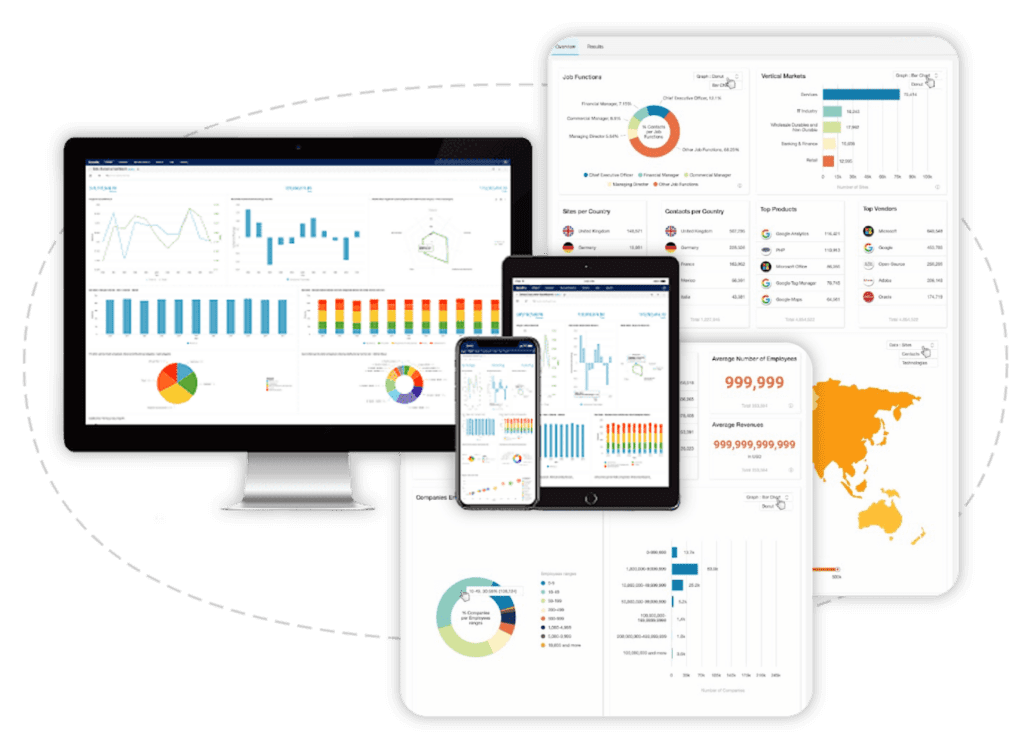
Performance management is an organizational and employee-level process of accomplishing company objectives. While every C-suite leader can agree to its vital role in the organization’s success, now is the time to improve performance management. Discover its importance, process, and more to boost your organization’s growth.
The Importance of an Effective Performance Management System
Organizational success depends on an effective performance management system. While 98% of organizations agree, 69% rely on annual or bi-annual performance reviews. This has left 64% of employees dissatisfied with the quality of their feedback, with 59% stating that traditional reviews don’t impact their performance.
Through performance management, employees gain clarity on expectations. Regular performance evaluations, goal setting, and feedback enhance their motivation and commitment to achieving desired outcomes.
Moreover, an effective performance management system promotes open communication, facilitates professional development, and enables organizations to recognize and reward exceptional performance.
Due to these benefits, 81% of HR leaders are planning to change the process of their performance management systems.
Understanding the Performance Management Cycle
The performance management cycle happens year-round continuously to grow the organization. It manages both employees, the organization, and their interconnection. Here are the stages involved in the performance management cycle:
Planning
This stage involves goal-setting for the organization and employees to give a clear direction and purpose. Once SMART goals are established, performance plans are made to achieve set goals.
For example, HSBC has developed an HR mobile app that allows employees to access their career development plans and online learning resources. Managers can set goals for them.
Monitoring
Big, overarching goals can be overwhelming. Monitoring helps break them down into sub-goals that are small and manageable tasks. It also maintains motivation and inspires ownership and self-accountability.
Monitoring must be done on a monthly or quarterly basis. It helps managers understand employee perspectives and make improvements.
For example, Deloitte is running a performance management program encouraging frequent managerial check-ins with their team members on their performance and priorities. Its pilot system allowed better communication between employees and leaders to understand the process and progress of their work. By doing so, they have helped improve underperforming employees.
Reviewing
When monitoring is done well, managers better understand their employees’ performance. Reviewing their performance allows managers and employees to evaluate the results and work processes.
90% of performance reviews cause more harm than good when it only focuses on recent happenings and criticism – especially those made by managers who don’t communicate with their employees. Because most traditional reviews are annual or bi-annual, 51% of employees believe their yearly performance reviews are biased and inaccurate.
Therefore, reviews must discuss how well professional goals were met. If there is criticism, solutions must also be offered in turn.
Rewarding
One of the most crucial stages of the work performance cycle, rewards must be merit-based to instill motivation and encourage a culture of consistent growth.
Suppose employees are not compensated for meeting their goals. In that case, they lose motivation to do better in the next year or even lose faith in the organization, believing that the organization does not appreciate their skills and employee value. Without the reward stage, the turnover rate can increase.
Unfortunately, two-thirds of performance management systems surveyed don’t recognize high performers despite 26% of employees having recognition at work as one of the significant reasons to remain in their company.
Therefore, rewarding employees for their advancements is a must. Rewards can include:
- Promotions
- Company-wide recognition
- One-time bonuses
- Increased vacation time
Key Components of a Performance Management System
A well-designed performance management system comprises several key components contributing to its effectiveness in driving employee performance and development.
Job Descriptions
Clear and detailed job descriptions outline the roles, responsibilities, and expectations for each position within the organization. Job descriptions provide employees with a comprehensive understanding of their duties and performance criteria.
Performance Standards
Performance standards define the expected level of performance for various job roles. These standards establish benchmarks and criteria against which employee performance will be measured.
Metrics
Performance metrics are quantifiable measures used to assess and evaluate employee performance. These metrics can include key performance indicators (KPIs), productivity metrics, quality metrics, customer satisfaction scores, and more.
Expectations
Performance management systems establish clear expectations regarding performance goals, targets, and objectives. Communicating expectations ensures employees understand what is expected of them and what they need to accomplish.
Performance Feedback
Regular and constructive feedback is integral to a performance management system. Managers provide feedback to employees regarding their performance, highlighting areas of strength and offering suggestions for improvement.
Employee Development
Employee development is a critical component that focuses on enhancing employees’ skills, knowledge, and capabilities. Performance management systems should include training, mentoring, coaching, and career development opportunities to support employee growth.
Performance Improvement Plans
Performance improvement plans (PIPs) provide a structured approach to addressing performance gaps when performance falls below expectations. PIPs outline specific actions, goals and timelines to help employees improve their performance.
Aligning Performance Management with Organizational Goals
Aligning performance management with organizational goals is essential for driving success and achieving desired outcomes. Performance management systems play a crucial role in this alignment by establishing clear goal-setting processes that directly contribute to the organization’s strategic objectives.
Employees can understand their impact on the larger picture by setting specific, measurable, and relevant goals. Regular progress monitoring and feedback mechanisms help employees stay on track and adapt to achieve their goals.
Performance incentives and recognition programs reinforce the alignment by rewarding employees who demonstrate exceptional performance in line with organizational goals. When performance management is closely tied to organizational goals, it creates a culture of alignment, focus, and accountability, propelling the organization toward its desired outcomes and fostering a sense of shared success.

Streamlining the Performance Management Process with Software Solutions
Performance management software allows for automating and streamlining administrative tasks.
With real-time data tracking and analytics, HR leaders can have accurate data to make informed decisions. Such software can also be customizable. Excluding unwanted data gives HR leaders the flexibility to meet organizational needs.
Moving Beyond Traditional Appraisals
The modern approach to performance management involves moving beyond traditional appraisals and embracing a more dynamic and employee-centric process.
Instead of relying solely on annual or periodic reviews, organizations are shifting towards frequent conversations and informal check-ins to provide ongoing feedback and support. While monthly or quarterly check-ins are optimal, this approach recognizes the importance of continuous performance management, where managers and employees regularly discuss goals, progress, and development.
Self-assessment is encouraged, empowering employees to take ownership of their growth and identify areas for improvement. Additionally, organizations value employee input, allowing them to actively participate in the performance management process and share their insights and aspirations.
By moving beyond traditional appraisals and adopting a more inclusive and developmental approach, organizations can foster a culture of continuous improvement, boost employee engagement, and drive overall performance excellence.
Neuron360-Profiles™: Your Performance Management Tool for Employee and Organizational Success
Performance management systems require initial data collection that is accurate and up-to-date. Enter Neuron360-Profiles™, which plugs you into 800+ million profiles refreshed weekly and ethically sourced from hundreds of public sites worldwide. Here is how Neuron360-Profiles can help you:
- Employee Data Enrichment: Rhetorik AI models compare, match and enrich your current employee profiles, adding skills and experiences an employer may not be aware of.
- Identity Resolution: Automatically verifies and validates company-sized profile collections of their employees.
- Career Advancement Tracking: Neuron360-Profiles™ allows you to keep track of their career development by updating your company employee profiles with their independent professional profiles.
- Competitive Analysis: You can use Neuron360-Profiles™ to compare your employees’ professional skills to your competitors.
Performance management is essential for your employees and the organization’s success. Therefore, key components of performance management must be implemented in the stages of its cycle. With Neuron360-Profiles, you can improve the tracking and measurement of employee work performance and stay ahead of the competition. View a personalized demonstration of Neuron360-Profiles to start.